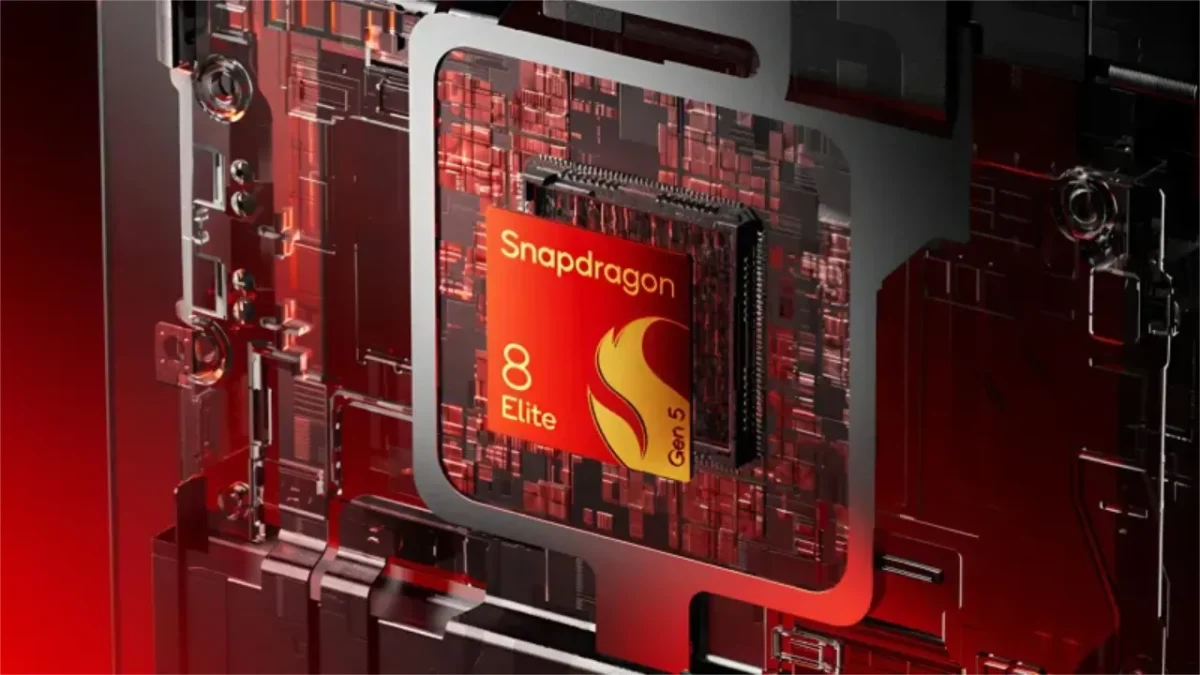FLOADIA
Japanese company develops flash memory that can record 7 bits of data for 10 years
The Japanese company Flodia has developed a flash memory that allows you to record 7 bits of data in a cell, as well as store it for 10 years at temperatures of up to 150 °C. For comparison, modern flash drives assume that no more than 4 bits are written in a cell.
The development was based on SONOS technology (Silicon-Oxide-Nitride-Oxide-Silicon), created for microcontrollers, to which some modifications were made. The company changed the structure of the charge retention layers using Ono film, in addition, the structure of the cell and storage controller changed. As the developers clarified, without making all these changes, 7 bits in a cell were held for a maximum of 100 seconds.
Current QLC NAND 3D flash memory technology on the market assumes 4 bits per cell write and a “safe factor” of around 1000 rewrite cycles at normal temperature. Initially, Flodia SONOS technology offers a greater number of rewrite cycles (up to 100,000 times) and the ability to store data for a longer period (up to 10 years). But there is a nuance. It is intended for microcontrollers that do not require large amounts of data and are manufactured using outdated technology processors (55-350 nm). As a result, drive memory density is lower than traditional modern technologies, module speed is also low.
However, the new Flodia technology can be used in solutions that involve computing in memory – the company intends to use the invention in accelerators for artificial intelligence systems, in which it will provide better performance than current solutions. Florida traditionally licenses its technology to interested manufacturers. It's not clear whether the company will be able to refine its technology for use in traditional 3D NAND memory chips.
Image source: floadia.com


No comments:
Post a Comment